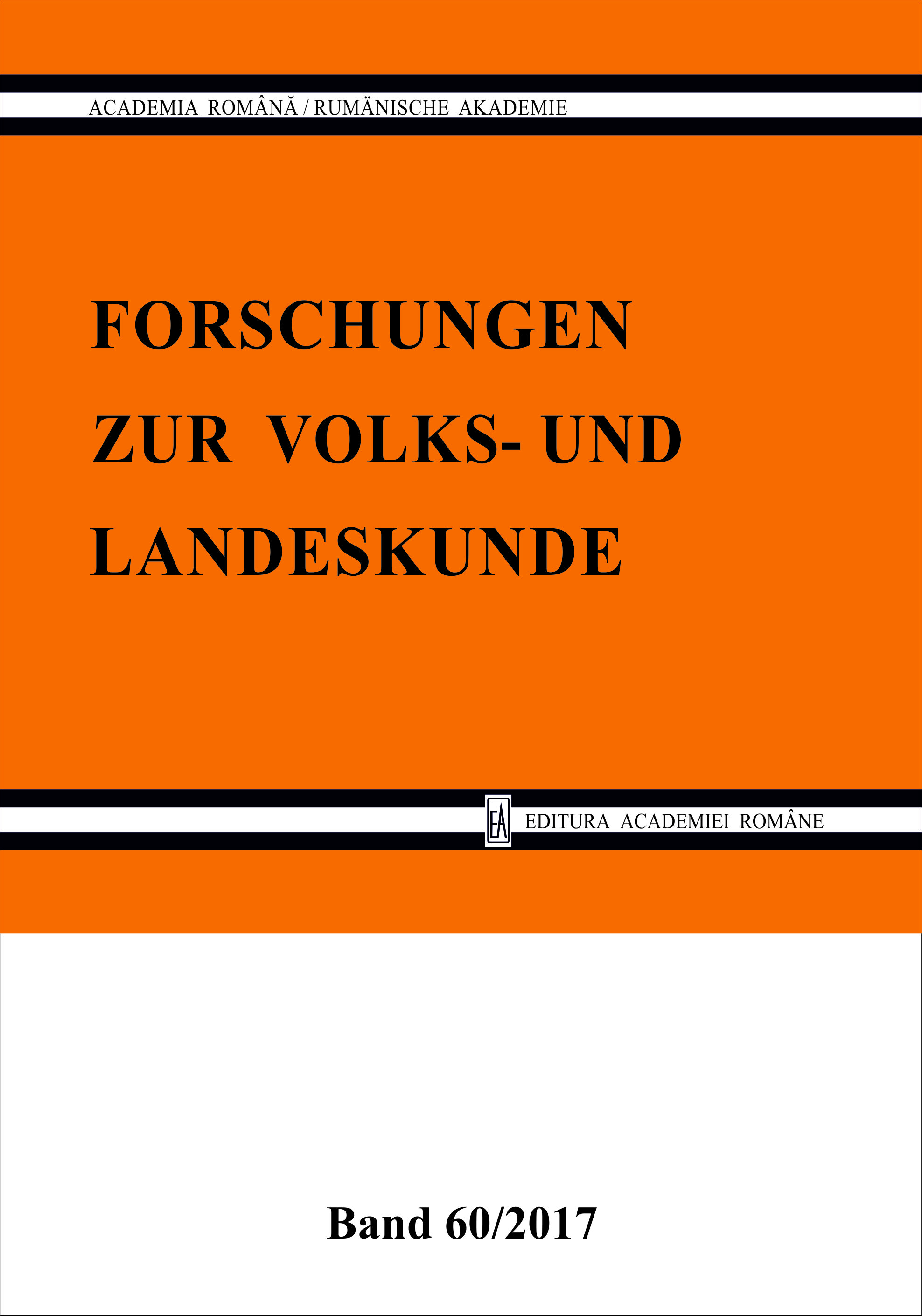„Die Dorfhälften” auf dem Verwaltungsgebiet der siebenbürgisch-sächsischen Stühle (15.-19. Jh.)
The "Half-Villages" on the Administrative Territory of the Saxon Seats (15th to 19th Centuries)
Author(s): Andrei NacuSubject(s): History, Regional Geography, Historical Geography, Maps / Cartography, Modern Age
Published by: Editura Academiei Române
Keywords: divided villages; Saxon seats; administrative organization; historical geography; landscape history
Summary/Abstract: The Saxon Seats of Sibiu, Orăștie, Sebeș, Miercurea, Nocrich, Cincu, Sighișoara, Rupea and Șeica Mare-Mediaș (the Two Seats) were well-established in Southern Transylvania by the later Middle Ages. In the 15th and 16th centuries, several villages and village parts belonging to the Alba and Târnava Counties were assigned to the Saxon Seats and to the city of Sibiu. Similarly, there was a case of a Saxon village part that was separated from the Rupea Seat in the early 16th century. This article aims to register the settlements that belonged partly to the Counties of Alba or Târnava and partly to the Saxon Seats and follow their administrative evolution until the 18th and 19th centuries. Nine divided villages were identified using historical documents, conscriptions, village monographies, old maps as well as several relevant studies. These villages were Jidvei, Bălcaciu, Cornățel, Rucăr, Jimbor, Racovița, Orlat, Săcel and Jina. Other cases involved small enclaves subordinated to a different administrative unit, such as a noble court in Hălmeag, or possessions that were granted to praiseworthy officials of the Sebeș Magistrate and were not accompanied by a change of territorial jurisdiction (Săsciori, Sebeșel and Șugag).
Journal: Forschungen zur Volks- und Landeskunde
- Issue Year: 2017
- Issue No: 60
- Page Range: 37-48
- Page Count: 12
- Language: German
- Content File-PDF

